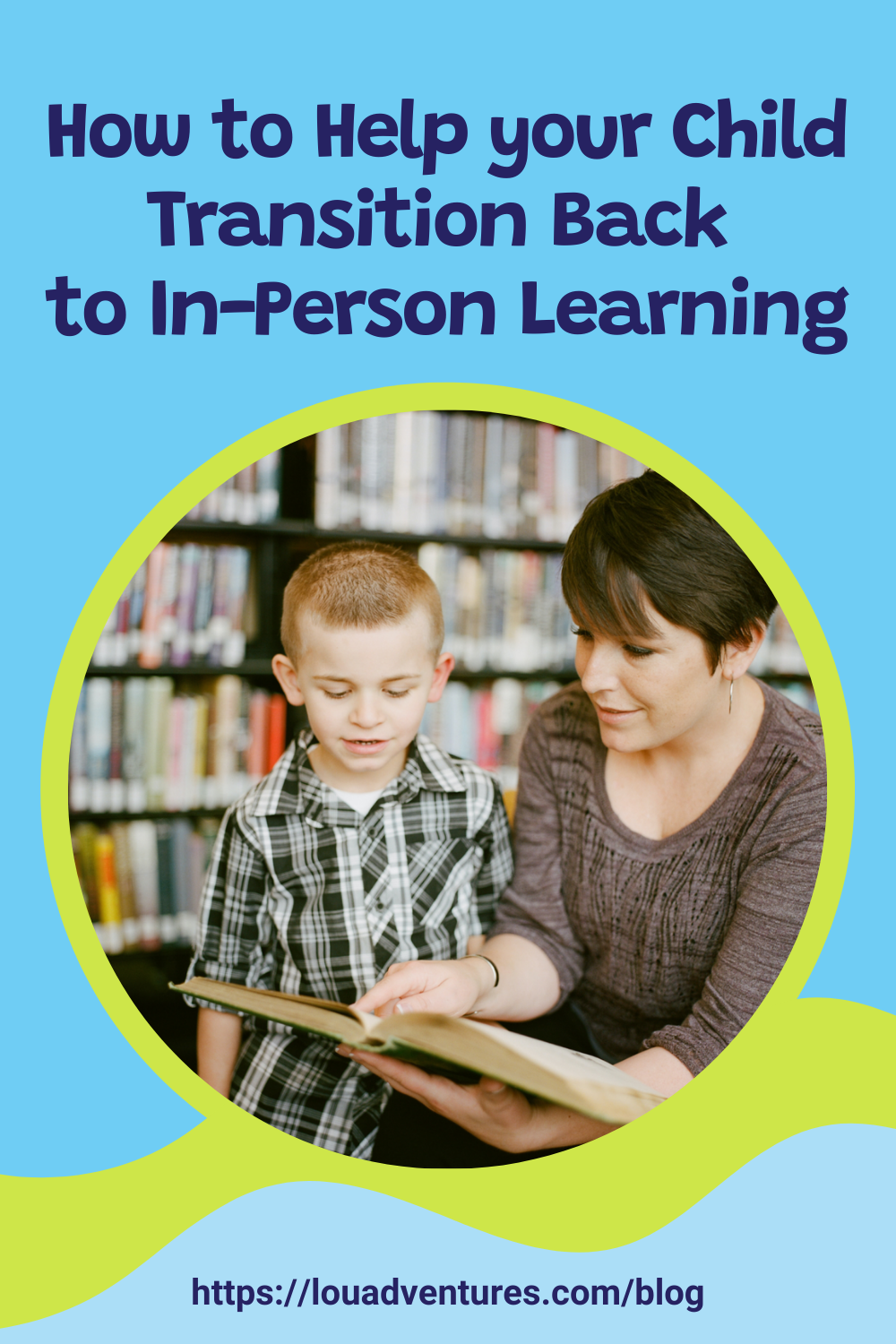How to Help your Child Transition Back to In-Person Learning
Reading time: 2 min
Photo by Adam Winger on Unsplash
It’s been nearly a year since schools have shut down in-person.
Since that fateful era began, your child might have very well forgotten what it’s like to sit within a classroom surrounded by their peers. Rather than paying attention to the teacher in real life, they had to focus on a computer screen with a plethora of turned-off cameras staring back at them. Instead of old-fashioned paper and pencil assignments, they had to avoid the distractions of online games while typing on their devices.
Throughout this challenging period of socially distanced learning, it’s natural as a parent to wonder whether your child’s learning development is behind schedule thanks to the pandemic. Even with the help of modern technology, you might already know that nothing can truly beat the classic classroom experience.
The reality of the situation is that online learning has had a large effect on student academic and socio-emotional progress. According to a report by Horace Mann, more than half of public-school K-12 teachers said that the pandemic resulted in a “significant” learning loss for students. This educational gap has been especially harmful for low-income communities and minority students. In total, more than 97% of educators reported seeing some learning loss in their students over the past year in comparison to students in previous years.
While the outcomes of those studies might be discouraging, it’s important to note that it’s never too late to rebuild a love of learning in your children — especially in areas like reading comprehension and math. As a parent, there are plenty of ways you can help your child re-adjust to in-person learning without having to break the bank for expensive tutoring. Let’s take a look at some of the few ways you can help your child stay on the learning trajectory to success.
Identification
Before you dropped off your kids at school for the first time, you most likely also enjoyed the full-time role of being their first teacher. That experience can greatly help in identifying the specific subject areas where you think your child needs to catch up most. Whether they seem to have an aversion to books or fraction pies, noticing these areas can give you a good idea of where to start.
Adjusting to Real Life
Beyond academic learning alone, it’s also crucial that your child begins to practice the art of socialization that even we adults often struggle with. To help them gain those critical reasoning and emotional skills, you can arrange some small and safe playdates for them to form connections as they enter a brand-new environment.
Find a Routine
Even though we parents haven’t been the best role models to follow lately in terms of sticking to a routine, it’s time to no longer let the kids sleep in too much. The next time they want to kick off the covers a minute before classes start as if they were going to open up Zoom, gently remind them to brush their teeth, put on their clothes, and eat a healthy breakfast. Building a healthy structure with consistency can aid their mental health and help them get used to the chaos of back-to-school season.
Keep Learning Fun
When it comes to staying ahead of the curve, it’s all about keeping learning fun and consistent. The best way is to keep them engaged with bite-sized activities and breaks so that they retain their knowledge for longer. In today’s digital age, combining modern technology and interactivity has been especially effective in inspiring a lifelong love of learning. That’s what we’ve aimed to do at Lou Adventures with our fun games designed to bridge the educational gap in young children today. By keeping learning as enjoyable as possible as a parent, your child will be much better prepared to transition to in-person school.

















